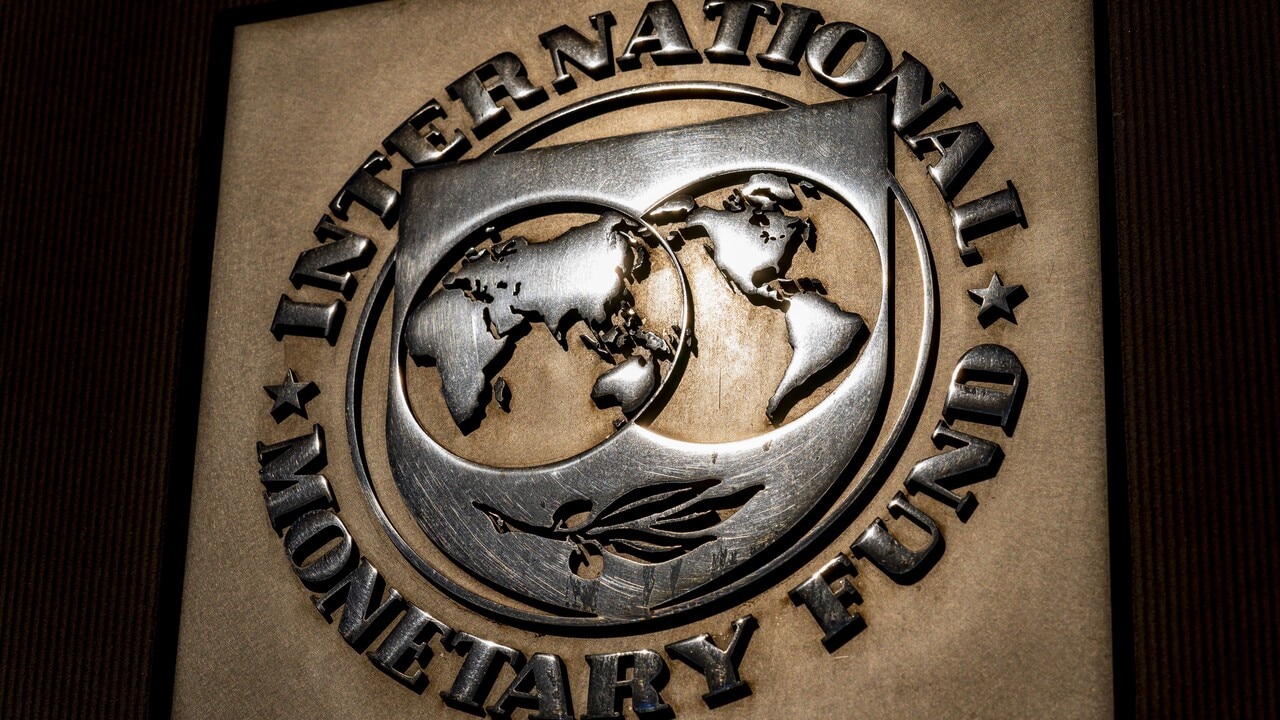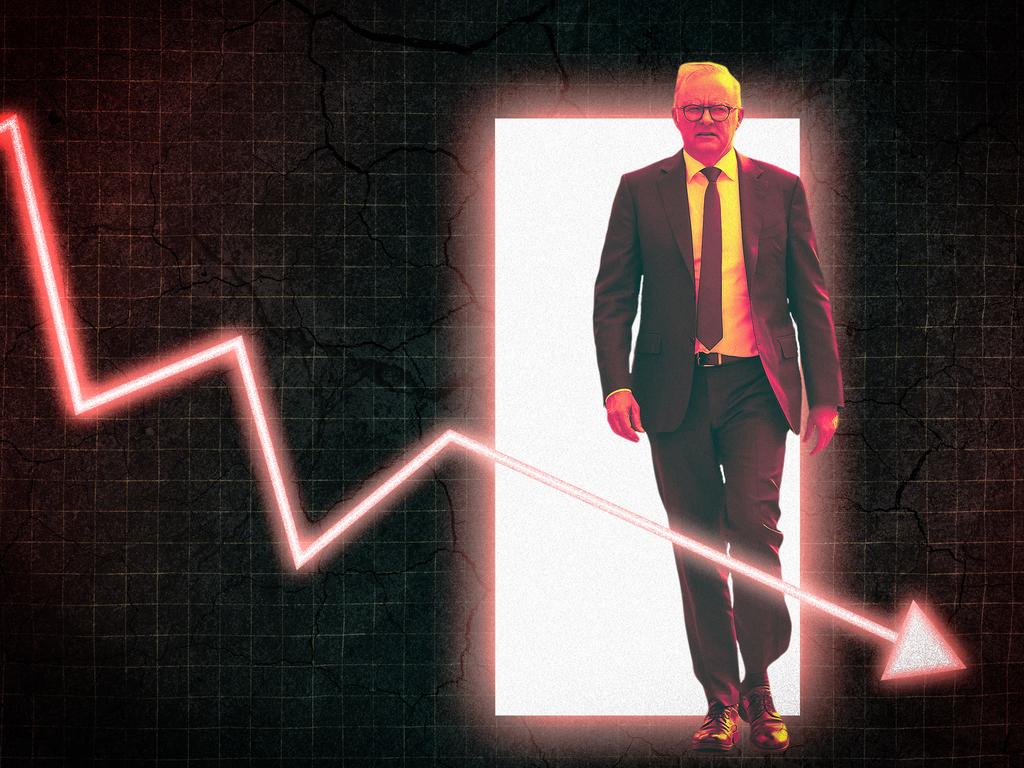
At the back of the global pack is not where we want to be, or should be, save for an employment miracle that is backed by the performance-enhancing drug of public spending.
In its latest World Economic Outlook, the International Monetary Fund reminds us of what happens when governments run expansionary fiscal policies: inflation sticks around and interest rates remain on a restrictive setting.
The IMF forecasts Australia will have a 3.6 per cent headline inflation rate at the end of next year, second only to Slovakia’s 4.8 per cent, when cost-of-living relief measures expire.
The Reserve Bank is focused on underlying inflation and its staff forecast by the end of 2025 it will be 2.9 per cent, just inside the 2-3 per cent target zone.
Other rich nations are now cutting interest rates, as inflation eases, but across the board there hasn’t been the spike in unemployment that’s occurred during previous episodes of monetary tightening.
The United States is the standout performer, with falling inflation, strong output growth, a low jobless rate and a productivity performance that is the envy of the world.
There is a caveat, of course, as America’s federal deficits, even during election campaigns, run like nuclear submarines: silent and deep.
We’ve just lived through what the IMF has called the “great tightening”, as central banks raised interest rates to bring inflation under control.
With inflation returning to target levels, the IMF says this paves the way for nations to execute a “policy triple pivot”.
First, get interest rates back to normal settings but remain vigilant on inflation, especially for services.
Second, after years of loose fiscal policy, it’s time to restore fiscal buffers and stabilise debt.
Third, and hardest, is to enact growth-enhancing reforms and lift productivity.
Our prospects, while not bleak, are sobering.
The RBA did not hike as early or as high, to preserve as many of the post-Covid employment gains as possible, and so we will be one of the latecomers to the rate-cutting party. Next week’s consumer price index release is likely to confirm we’re on the “disinflation” journey, with falling headline and underlying inflation in the September quarter.

Market economists are expecting the first RBA cash-rate cut early next year, as the central bank finds evidence of a better balance between supply and demand – whose level is judged as still too high, and therefore inflationary, even though its growth has stalled.
Migration, public spending and trade have been driving our economy, but those growth sources are either not sustainable or desirable.
Canberra may have got on to the podium for budget prudence among the world’s leading economies, posting back-to-back surpluses, but the states have been running amok with their spending – not only those premiers in the frontier states facing voters now or in March next year.
This year the IMF, in line with our own official forecasters, expects gross domestic product to grow by a desultory 1.2 per cent and 2.1 per cent next year.
Sure that’s better than going backwards, but it’s not matching our record-breaking population growth, so per capita living standards are in decline.
Looking further into the future, the IMF projects GDP growth of 2.3 per cent for us in 2029, well short of the 2.7 per cent average we achieved in the decade and a half before the pandemic.
There is a way out, of course, which is through structural reform, or, as the IMF puts it, “by updating the rules and policies that shape how an economy operates”.
As one frustrated business leader said on Wednesday, let’s stop talking about productivity and start doing something about it.







Australia is stuck in the slow-growth lane, with persistently high inflation and stagnant productivity, as the nation meanders to a federal election due in the first half of next year.